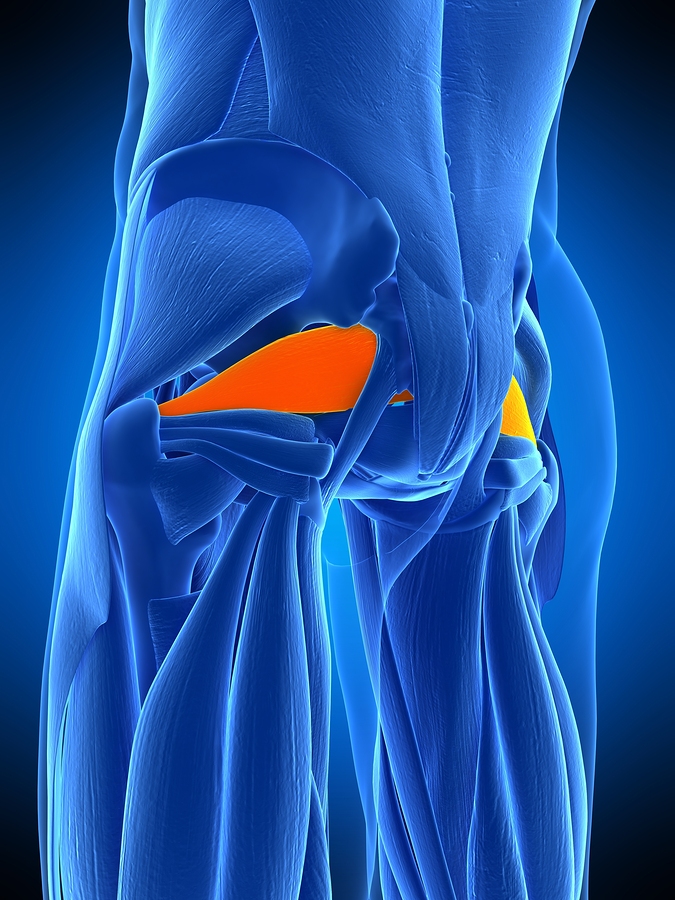Hip injuries are painful and disruptive at any time of life, and our Toronto physiotherapists and chiropractors treat patients who experience a range of effects. Through middle and into old age, however, the consequences become more serious.
Unfortunately, the risk increases too. In the US, according to the CDC, 250,000 people 65 and older suffer from hip fractures that require hospitalization each year.
Reducing the risk and avoiding injury is crucial, and the good news is that there are simple steps anyone can take to help.

Posture Is Important
Good posture means the body is balanced, which helps to avoid undue stress and injury to all joints. Falls are by far the most common cause of hip injuries in those 50 and older.
- Stand with your back straight and shoulders back – slouching can actually be caused by an imbalance in the hip joint. If there is tightness, it’s a sign of a problem that needs to be addressed.
- Keep both feet on the ground, flat on the floor with you sit, and avoid crossing your legs.
Wear The Right Shoes
Wearing the right shoes that fit properly and are designed for your sport or activity – including walking – is important.
- When shoes are worn out, and no longer provide proper support, it creates instability in your gait and movements.
Exercise Is Crucial
Exercises that strengthen core and leg muscles, and improve balance, are an important way to prevent injury to hips and other body structures. Our Toronto physiotherapy and sports specialists can help with advice based on your individual condition and needs.
- Weight bearing and strength (resistance training) exercises build muscle and bone strength.
- Don't overdo stretches, or try for more flexibility than comes naturally.
- Adjust your workout as you age – what worked at 20 and 30 may no longer be safe at 50. Seek professional advice, especially if you’re returning to exercising after a period of relative inactivity.
Sleeping On Your Side
If you sleep on your side, it can place the hip joint in an awkward position. That can cause damage, particularly to the cartilage around the edge of the socket, called the labrum.
- Sleep with a pillow between your knees to help correct the angle of the hips as you sleep.
Bone Strength
Being aware of your bone density is important as you age, and get it tested. Low bone density can increase your risk of a hip fracture by up to triple.
- One study from Johns Hopkins University suggested that bone density screening alone reduced the risk of hip fractures by almost a third.
If you have experienced a fractured hip, or you’d like more information on how you can stay fit and help prevent injury as you age, including a personalized plan, don’t hesitate to contact one of our Toronto physiotherapy and chiropractic clinics for an appointment today.















